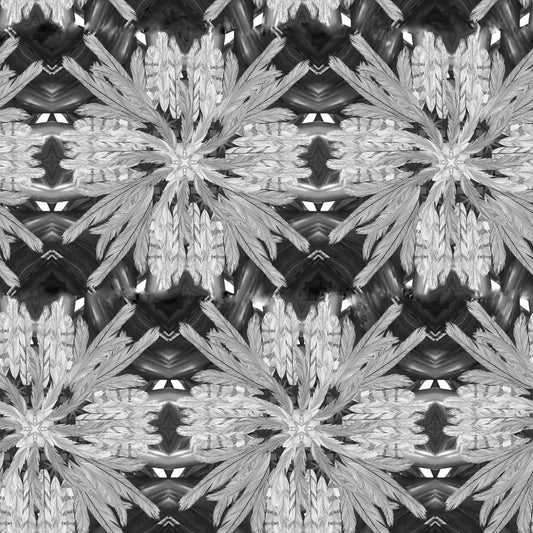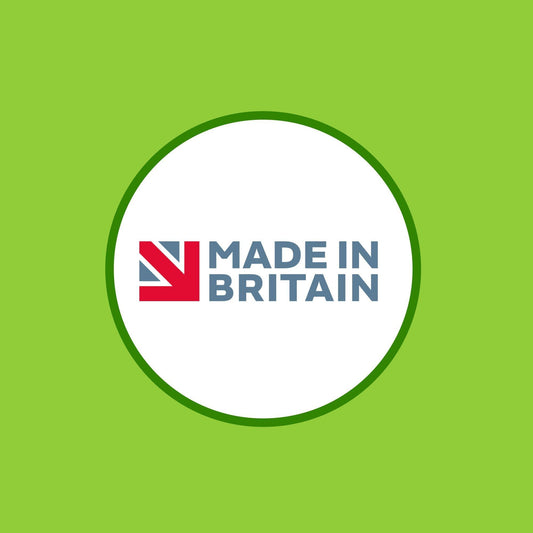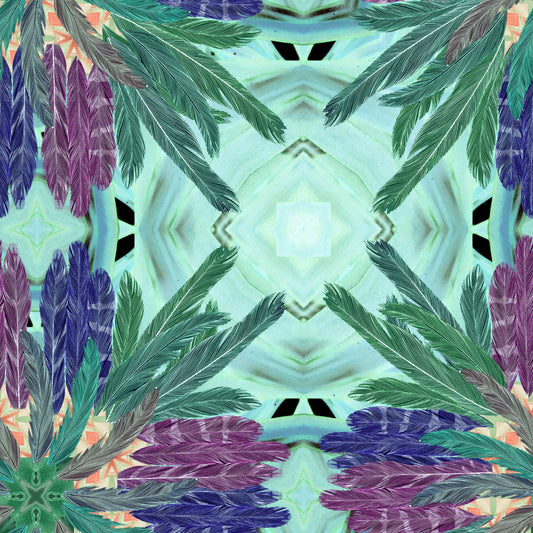How Fabric Printing is Revolutionising the Textile Industry and How The Fabric PoD is Playing Its Role
Driven by technological developments, changing customer demand, and an increasing focus on sustainability, the textile sector has experienced a significant change over the past few years. Fabric printing is among the most important revolutions in this field since it not only opens fresh paths for companies to run but also increases the creative possibilities for designers. The Fabric PoD, a team of artists altering textile manufacture, marketing, and consumption, is key in this revolution.
The Evolution of Fabric printing from tradition to technology
Fabric printing has long been labour-intensive, including hand painting, screen printing, and block printing. These were limited in terms of scalability and the complexity of patterns that could be generated, even when they enabled stunning designs.
But the sector has changed dramatically with the introduction of digital fabric printing. Using inkjet technology to print designs straight into fabric, digital fabric printing lets significantly more complex and bespoke patterns be possible. Faster, more flexible, and exact, this approach helps designers to more easily realise their creative ideas.
Customization and individuality: Important advantages of digital fabric printing include customising and personalising ability. Custom designs made by digital printing satisfy personal preferences by means of their ability to In sectors including fashion, interior design, and even art, where original, one-of- a-kind items are ever in demand, this change is especially important.
Digital fabric printing permits lower production runs without compromising quality, unlike conventional techniques that called for big setups and minimum order numbers. Small companies or even induviduals who looking to produce unique prints without going broke should find this perfect.
Benefits to the Environment: Comparatively digital printing usually produces less waste. This is a more environmentally responsible choice since images are printed straight into the fabric; extra materials like screens or dyes are not needed. Further helping to drive a greener sector are developments in non-toxic colours and water-based inks.
Enhanced Turnaround Times: Not only is digital fabric printing faster, but it is also far more efficient. In sectors where demand for new designs might change overnight and trends change rapidly, this speed of manufacture is absolutely vital.
How The Fabric PoD Plays a vital role
In the field of fabric printing, the Fabric PoD has become a game changer. The Fabric PoD skilled workers let companies and people create bespoke printed fabrics. The Fabric PoD is changing the scene of fabric printing as follows:
Improving Fabric Manufacturing
The Fabric PoD systems have let anyone design their own fabric prints. Designers post their work, choose the fabric type, and The Fabric PoD handles printing and distribution.
Encouragement of Ecological Business Models
The Fabric PoD pledges sustainability. They frequently use water-based inks with less environmental impact than conventional dyes and feature eco-friendly textiles including organic cotton, wool and classic cashmere 3409 or recycled polyester. trying to line up with moral and environmentally friendly methods.
Fulfilling Customer Demand for Original Products
The need for uniqueness has driven the trend towards customising. Whether it's a custom print for a fashion collection, home décor, or presents, the Fabric PoD lets consumers access tailored designs.
The direction of fabric printing
Fabric printing seems to have quite bright future prospects. Even faster and more effective manufacturing techniques are to come as digital printing technology develops. Furthermore, given the growing need for sustainability, eco-friendly printing techniques will probably become more common, therefore guiding the sector towards environmental objectives.
Designers have greater freedom than ever with The Fabric PoD to investigate fresh creative directions free from the constraints of conventional manufacture. Customers can thus keep enjoying a very affordable range of custom-designed textiles, from fashion items to home décor, at very little cost.
Conclusion
Providing a more sustainable, effective, and customisable method to design, fabric printing is transforming the textile sector. The Fabric PoD is accelerating this change and enabling everyone to obtain one-of- a-kind fabrics and flourish with little expenditure. These developments taken together are determining the direction of the textile sector and provide fresh chances for sustainability and innovation during the process.
Fabric printing companies should keep pushing limits as they develop and provide more inventive, sustainable, and cutomized solutions for both consumers and companies. The future of fabric printing is bright, and The Fabric PoD will play an even larger part in defining this exciting world.












